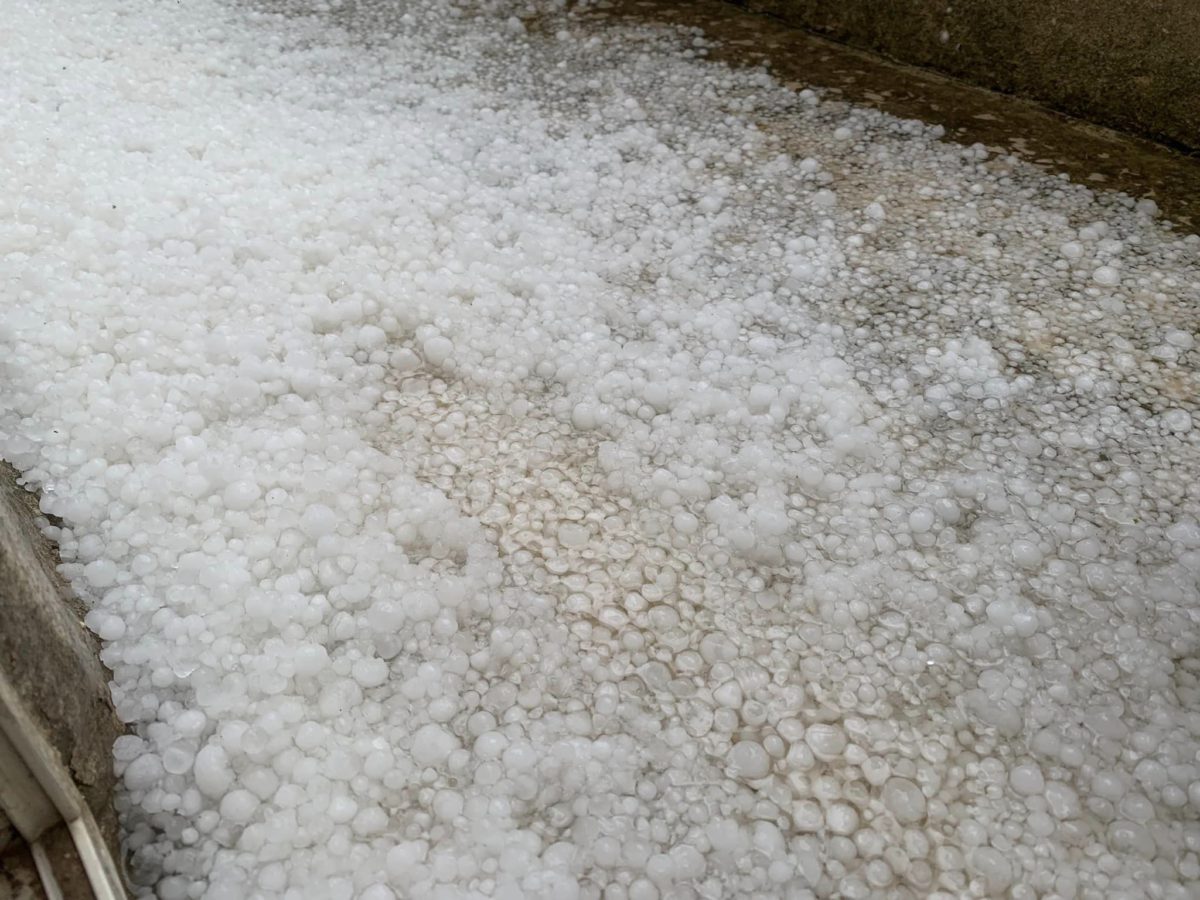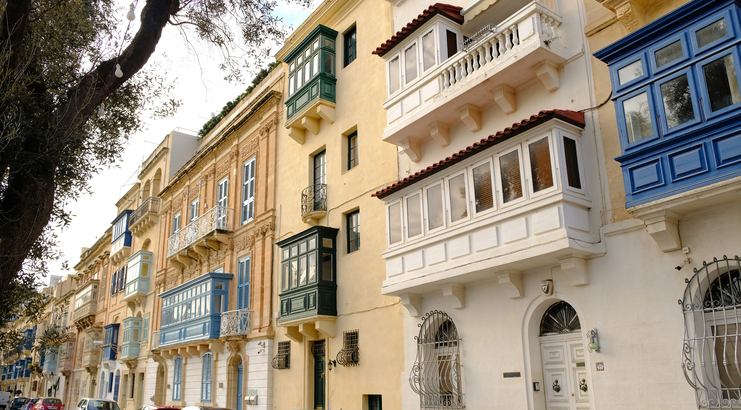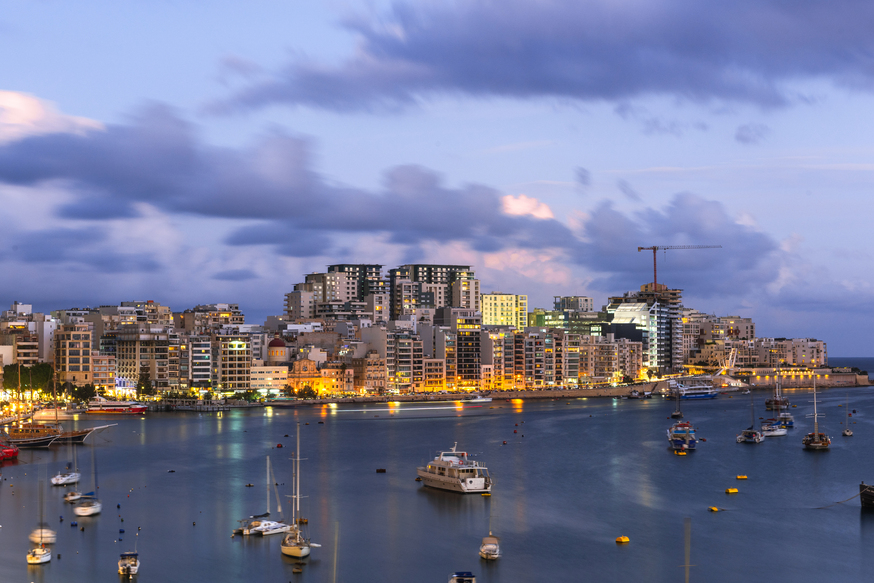Carnival weekend was bound to be disturbed by unstable weather, with many meteorologists forecasting wind, rain and clouds. However, on Sunday, Malta’s weather took a surprising turn when a substantial amount of hail coated the streets of northern and central localities.
The sighting of hail, especially in mostly warm-weather-Malta, was a fairytale for some but troublesome for others, especially farmers.
So much so that, Għaqda Bdiewa Attivi President Malcolm Borg remarks with BusinessNow.mt that hail is always an issue for farmers, as it always invariably causes damages.
“When there’s precipitation of a certain quantity in a short period of time it damages the leaves and the fruit. Hail wreaks havoc on everything it comes into contact with,” he explains.

Asked about Sunday’s events he recalls that, overall, there were some reports of damages. There were cases, he adds, where plastic from greenhouses structures were torn and damages on plant leaves.
Mr Borg pointed out that the extent of the damage is not yet known since the hailstorm occurred very recently. Nonetheless it should be noted that greenhouse structural damages pose significant concerns.
According to the 2020 Agricultural Census, the total area for vegetables under greenhouse cultivation amounted to 76 hectares, accounting for one per cent of the total arable land in Malta. Nearly half of these (48.7 per cent) are situated within the Northern district of Malta, one of the areas most affected by the hailstorm.
Overall, in Malta, the primary vegetable cultivated within greenhouse structures are tomatoes (covering an area of 24.6 hectares), zucchini/marrows (17.8 hectares), strawberries (9.3 hectares), and cucumber (6.6 hectares).
Asked whether the general damages would lead to a decrease in production or any delays, Mr Borg explained that marketable quantities might decrease.
This means that although crops would produce fruits and vegetables, these might not be marketable to sell, because they fail to meet the standards required for the sale in the market.
Consequently, “some items might have to be thrown away.”
The concern would then be that, having smaller quantities to sell would then lead to higher prices.
This effect has been largely felt across the globe for the past few years. Extremely hot weather has impacted lots of popular ingredients on the market. An example of this being the latest record price increase for Cocoa, caused by dry weather experienced in West Africa.
The same was experienced with olive oil production, that was severely impacted because of the damaged olive trees and poor crop.
One of the most basic ingredients, rice, has also been the victim of weather uncertainties, sometimes because of droughts and other times because of flooding.
This stark difference between no rain and excessive hail experienced in Malta was also noted by Mr Borg. He concluded that although hail damage is significant, not experiencing the winter cold, “is not ideal either.”
Featured Image:
Għaqda Bdiewa Attivi President Malcolm Borg / Facebook
Għajn Tuffieħa Bay named ‘most beautiful beach in Europe’ for 2024 by European travel platform
The results are based on the votes of 103,224 worldwide travellers
MDA says April 2024 broke records with value of promise of sale agreements surging by 14.4%
A report from the MDA highlights that there were 1,385 promise of sale agreements last month
1,695 businesses found employing non-EU workers illegally in 2023
The figure amounts to a significant portion of all employers in Malta






